 Polymer Chemists Develop Process for Using Potato Starch as a Raw Material for Coatings
01. 15. 2018
#The Chemical Industry
Polymer Chemists Develop Process for Using Potato Starch as a Raw Material for Coatings
01. 15. 2018
#The Chemical Industry

The polymer industry’s reliance on petroleum as a chemical feedstock is its biggest challenge towards achieving sustainability and lowering impact on climate change. It also leaves polymer manufacturers’ profits dependent on the highly changeable price of oil. This has made finding replacement raw materials that are both economic and sustainable for plastic and coatings a key goal for polymer scientists.
But now, a team from the Fraunhofer Institute for Applied Polymer Research in Potsdam, Germany, believes that it has taken a huge step towards sustainable polymer coatings by using potato starch as a chemical feedstock.
The research was based on earlier work published in the Journal of Applied Polymer Science using natural starches for creating polymer films for plastics and packaging. For example, Chandani Sen and Madhusweta Das, from the Dept of Agricultural and Food Engineering at the Indian Institute of Technology Kharagpur, recently conducted work which was able to, “… optimize raw material blend composition containing corn-starch, and low amount of poly(vinylalcohol) and glutaraldehyde to produce a self-supporting-film.”
Similarly, as studies based at the ARS National Center for Agricultural Utilization Research (NCAUR) in Illinois created starch based coatings were applied to surfaces such as paper to make them water resistant.
However, the latest research has taken on the challenge of using natural starches for use in coating, paint, and varnish production.
This is a unique challenge, as when adapting starch for use as a coating ingredient, various problems arise. As Christina Gabriel, a scientist at the Fraunhofer IAP in Potsdam-Golm explains, “Film formers must fulfil several tasks. They must form a continuous film, which adheres well to the substrate material, be compatible with additional layers and additives and be able to embed pigments and fillers.”
In many ways, starch does not seem a suitable candidate, as Gabriel notes, “In its natural form, starch exhibits several properties which stand in the way of its use as a film former. For example, it is not soluble in cold water and neither does it form continuous, non-brittle films. We therefore had to modify the starch to adapt it to the requirements, as in spite of all the challenges, as a renewable and cost-effective raw material, starch is of great interest for many sectors."
As the scientific journal Phys.org explains, these challenges were overcome with a solution that, “…involves the starch initially being broken down in order to improve its solubility in water and the subsequently associated solids content of the starch in water, as well as its film forming ability.” This is necessary as, “…although the film former should initially be soluble or dispersible in water, the coating must subsequently no longer dissolve in water. The starch must therefore be modified further. This takes place by way of a chemical process known as esterification. The resulting starch esters are dispersible in water, form continuous films and have very good adhesive properties on glass and aluminium surfaces. The esterified starch is then ‘crosslinked’ through which the sensitivity of the coating to water is reduced further.”
By modifying the starch, the researchers have significantly expanded the number of uses it has. Up until now, natural starches were quite limited for use in biodegradable plastics, or as coating additives, they can now be used as a core feedstock for paints and varnishes.
As Gabriel explains, "Previously, traditional industrial fields of application of starch have been the paper/corrugated cardboard and adhesives industries. In the field of paints and varnishes on the other hand, starch was usually only used as an additive. With starch as the main component of a water-based dispersion, we now have very promising adhesion results."
At the centre of the research is the coating of metals for indoor use, for example aluminium, which can be used for fire doors, computer housings or window frames.
However, further research is now being conducted to examine the new coatings resistance to corrosion, as well as its adhesive qualities to different surfaces. New ‘recipes’ are also being developed to help adhere better to not only aluminium, but also steel and galvanized steel.
This research may open even more doors for potato starch, allowing it to become a standard raw material; a key ingredient that will provide a source of chemical feedstocks that will help make the coatings industry more sustainable. As Gabriel notes, "Our investigations show that with its good film forming and very good adhesion properties on various materials, starch esters have the potential to be future alternatives to petroleum-based film formers in the coatings industry."
Industrial Raw Material and Chemical Supplier
If you are interested in plastic feedstock chemicals such as microspheres or construction raw materials such as barium carbonate or calcium nitrate anhydrous then please take a look at the AG CHEMI GROUP product catalogue.
Photo credit: ClimateTechWiki, Betty Greb/Phys.org & Fraunhofer Institute